2010
Type of resources
Available actions
INSPIRE themes
Provided by
Years
Formats
Representation types
Update frequencies
status
Scale
Resolution
-
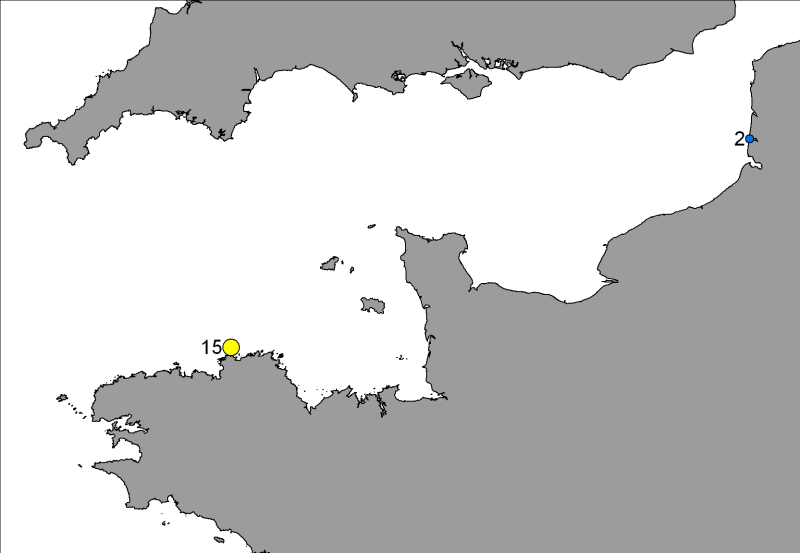
Total number of gray seals (Halichoerus grypus) neonates identified at various colonies along the French coast during the fourth quarters of 2007 to 2009.
-
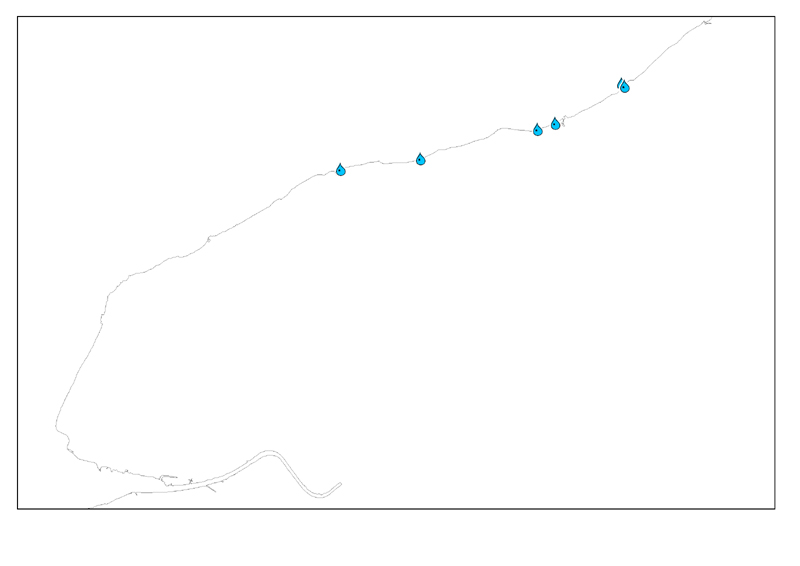
Localisation des prises d'eaux de mer situées sur le littoral de la Seine-Maritime (entre Paluel et Penly)
-
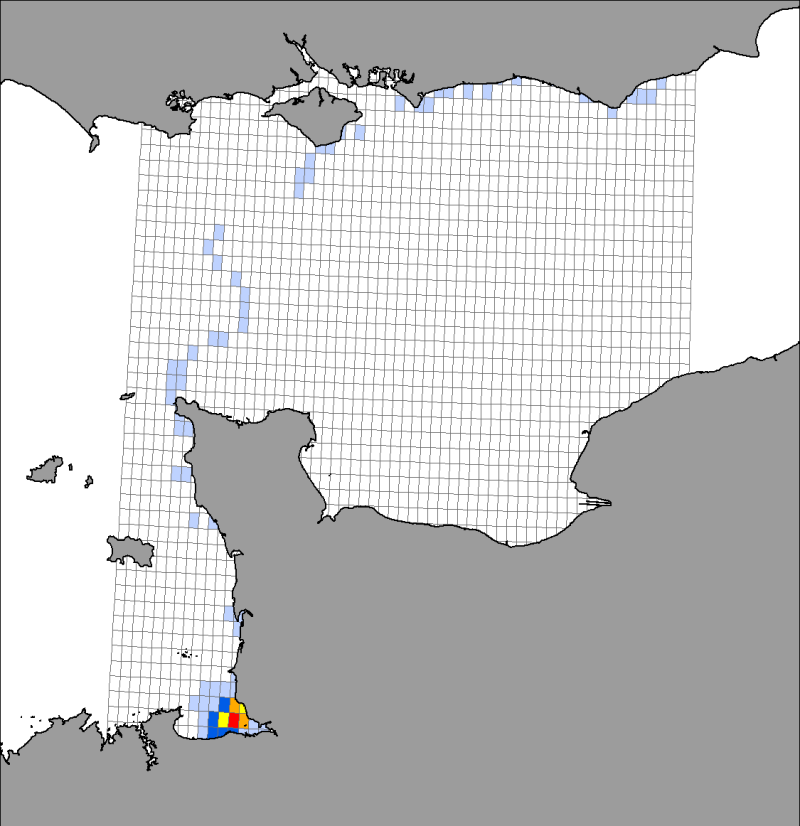
Location distribution per grid cell of 8 harbor seals (Phoca vitulina), followed by Fastloc GPS / GSM tags from the bay of Mont Saint-Michel from 2006 to 2008
-
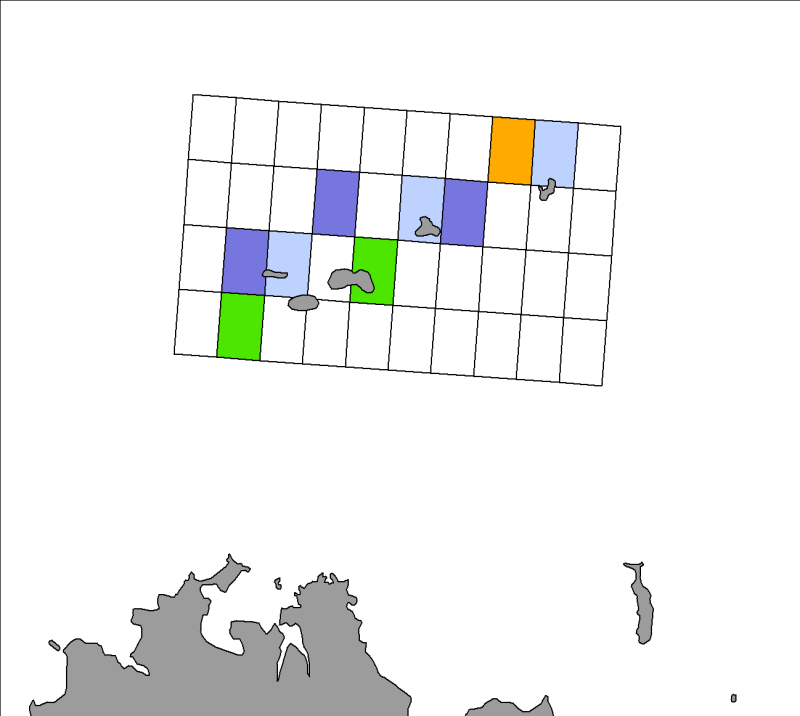
Quarterly spatial distribution of gray seals (Halichoerus grypus) identified by the LPO (Seven Islands Nature Reserve) on haul out sites in the Seven Islands archipelago, from 2007 to 2009 inclusive.
-
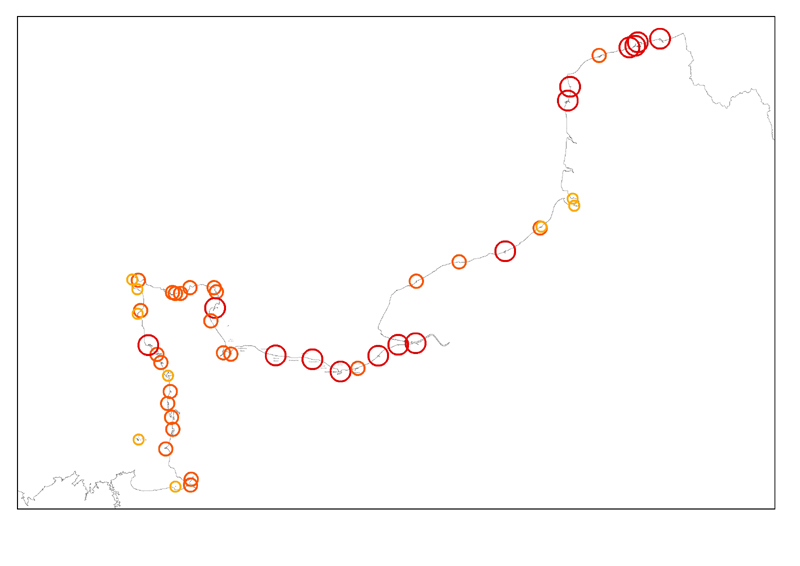
Inventaire des sites sensibles et des plans de protection contre les pollutions marines à l'échelle de la façade Manche Mer du Nord.
-
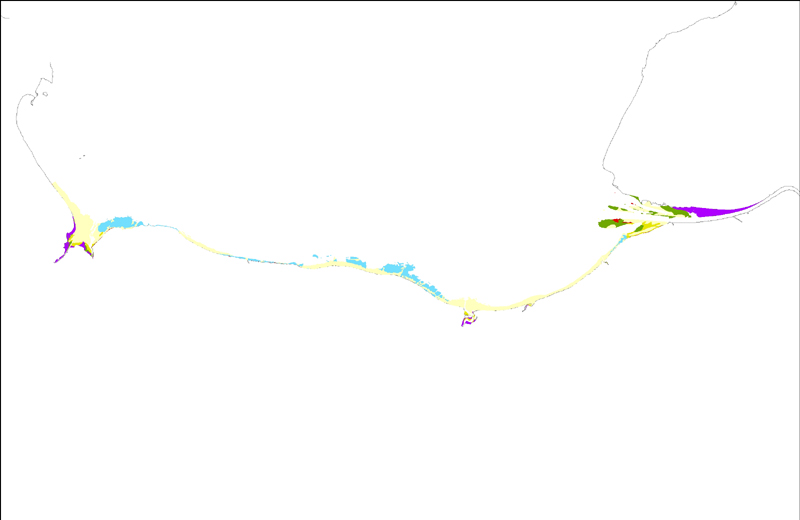
Description de la nature du substrat intertidal du département de la Manche
-
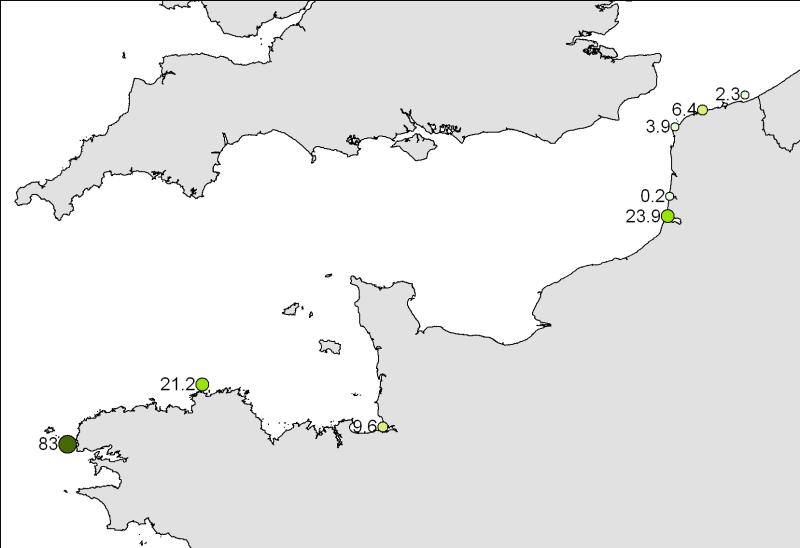
Nombre moyen de phoques gris (Halichoerus grypus) recensés par trimestre sur les différentes colonies le long du littoral français, de 2007 à 2010
-
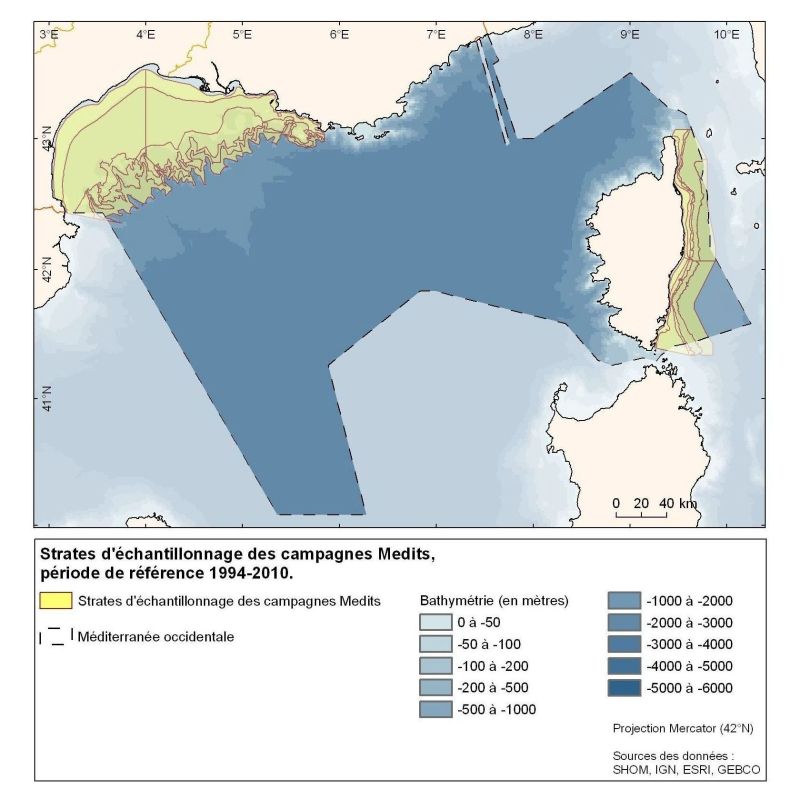
Polygons defined for the sampling points distribution in the Medits campaigns. MEDITS, 2007. International bottom trawl survey in the Mediterranean (Medits). Instruction manual. Version 5. Ifremer, Nantes. http://archimer.ifremer.fr/doc/00002/11321/. 60 p.
-
Evaluation réalisée en juin 2010 par le Capitaine Pierre Henri Bidet (Conseiller et expert technique, MEEDDM/DGITM/DST/PTF4) et fournie à l'AAMP dans le cadre de l'évaluation initiale DCSMM des vecteurs d'introduction et des impacts des espèces marines non indigènes. L'évaluation est réalisée à partir des chiffres publics produits par la direction des services de transport du MEEDDM sur les entrées/sorties des ports français à partir des données des autorités portuaires. Les rejets d’eaux de ballast correspondent essentiellement à des opérations d’équilibrage des navires qui chargent des marchandises dans des ports français (export). Voir la partie généalogie pour la méthodologie de calcul des volumes d'eaux déballastées. Description des champs de la table attributaire : REGION : sous-région marine DCSMM PORTS : nom des ports français concernés par l'étude ; T_EXP_VS : tonnage exporté par la filière vrac sec ; VS_EAB40 : estimation tonnage d'eau déballastée par la filière vrac sec, 40 % de T_EXP_VS ; T_EXP_VL : tonnage exporté par la filière vrac liquide ; VL_EAB30 : estimation tonnage d'eau déballastée par la filière vrac liquide, 30 % de T_EXP_VL ; T_EAB_total : estimation du tonnage total d'eau déballastée par port, VS_EAB40+VL_EAB30.
-
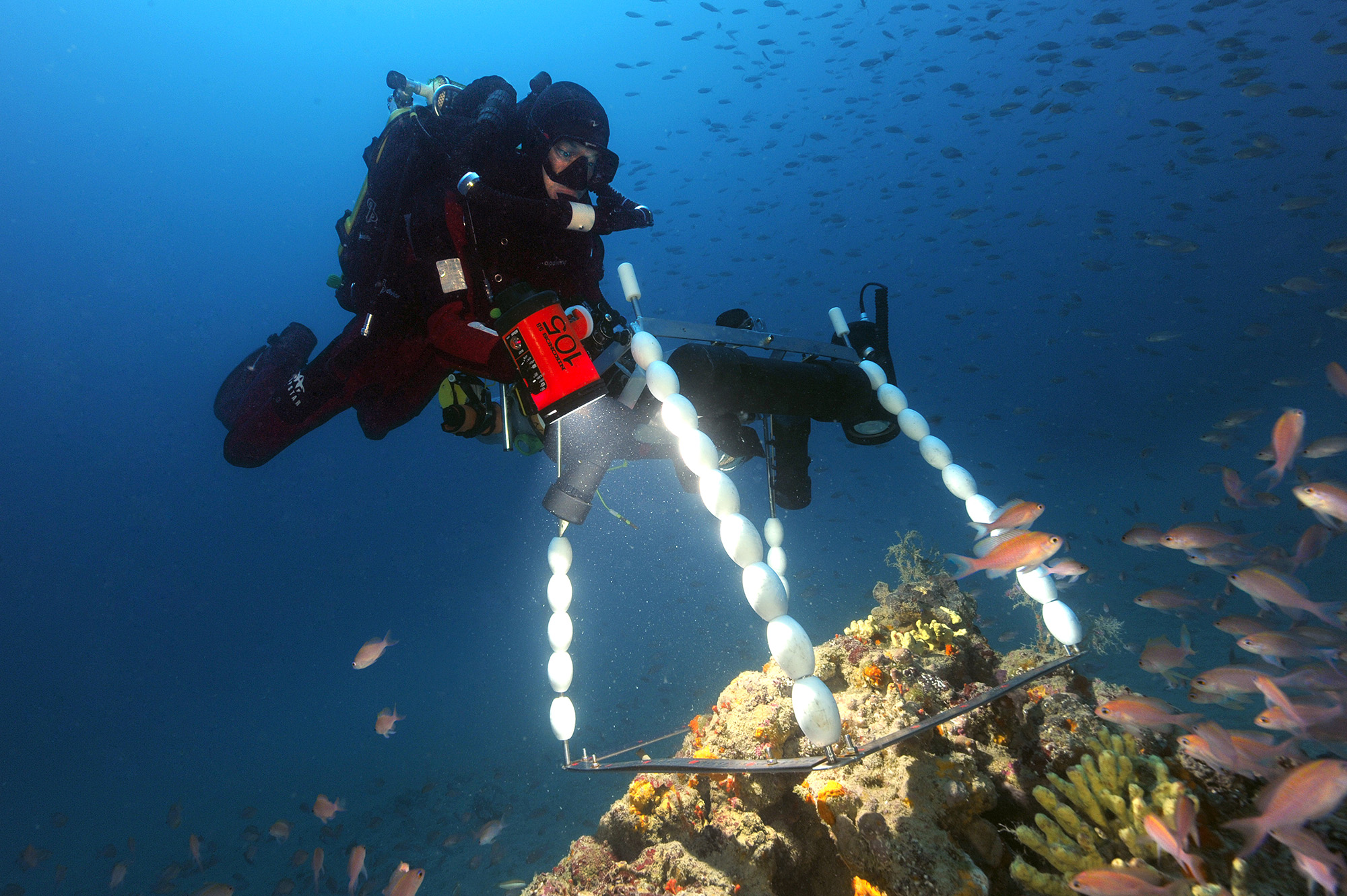
Suivi de descripteurs pour la caractérisation des assemblages de communautés du coralligène
 Mon GéoSource
Mon GéoSource